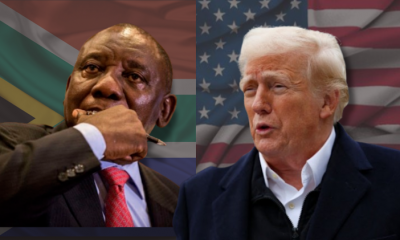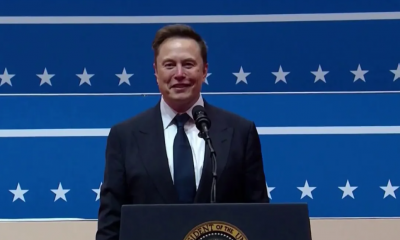Doge today
Musk’s DOGE Misses the Mark: $150 Billion Saved, But At What Cost?

The Trump administration’s ambitious plan to trim federal fat via Elon Musk’s Department of Government Efficiency — known as DOGE — is facing growing scrutiny after its first 100 days in action. Once hailed as the centerpiece of Trump’s cost-cutting crusade, DOGE is now being called “not successful by any means” by budget experts and watchdogs.
Initially, Musk promised to slash a staggering $2 trillion from federal spending. That figure was revised to $1 trillion. Today, DOGE claims it has saved just $150 billion — and even that number is hotly contested.
“Trump’s Department of Government Efficiency went from promising $2 trillion in savings to $150 billion,” said Jessica Riedl of the Manhattan Institute. “And they really only verified about $5 billion.”
DOGE’s approach has been drastic: thousands of federal employees laid off, key agencies shuttered (including USAID), major contracts canceled, and research funding slashed. But critics argue that these savings don’t just fall short — they’ve come at a steep cost.
According to the nonprofit Partnership for Public Service, the chaos of DOGE’s firings, rehirings, and forced administrative leaves has racked up as much as $135 billion in costs, wiping out much of the claimed savings.
“There’s been more damage done than dollars saved,” said Bobby Kogan, a former White House budget adviser now with the Center for American Progress. “You can’t fight fraud and waste without investing in experts — and that costs money. DOGE did the opposite.”
Even with these aggressive cuts, federal spending has increased compared to previous years. Data from the Center for Budget and Policy Priorities shows government expenditures have grown, not shrunk, under DOGE’s watch.
Fraud Isn’t That Simple
DOGE was intended to root out fraud and inefficiency. The Government Accountability Office estimates $233 billion to $521 billion is lost annually to fraud. But fraud is notoriously hard to measure — and harder to eliminate without investing in oversight systems and trained investigators.
“We don’t even know where all the fraud is,” said Rebecca Shea of the GAO. “And it takes real resources to find out.”
In contrast, most of DOGE’s cost-cutting has targeted discretionary spending — just one-third of the federal budget. Meanwhile, major drivers of federal expenditure like Social Security and Medicare remain untouched — at least for now.
But that could change.
With budget talks heating up in Congress, programs like Medicaid and children’s health insurance may soon be on the chopping block, raising tough political and ethical questions.
DOGE’s first 100 days show that bold promises don’t always translate to real-world results. The Trump-Musk vision for a leaner federal government has so far delivered more disruption than discernible progress — and has sparked a national debate about what efficiency really looks like.
{Source: Marketplace}
Follow Joburg ETC on Facebook, Twitter , TikTok and Instagram
For more News in Johannesburg, visit joburgetc.com


























